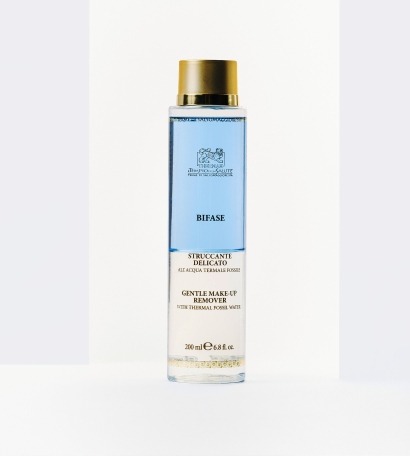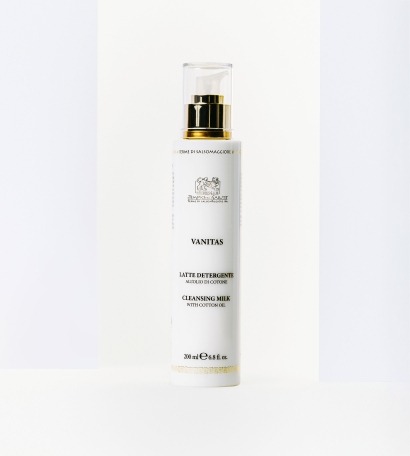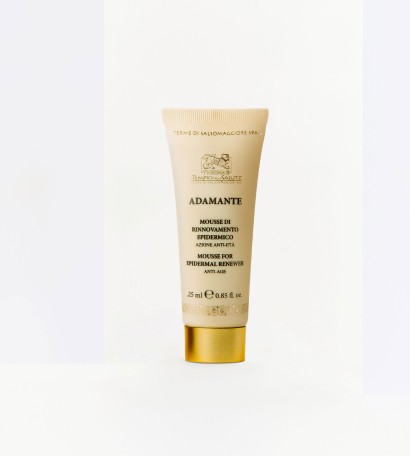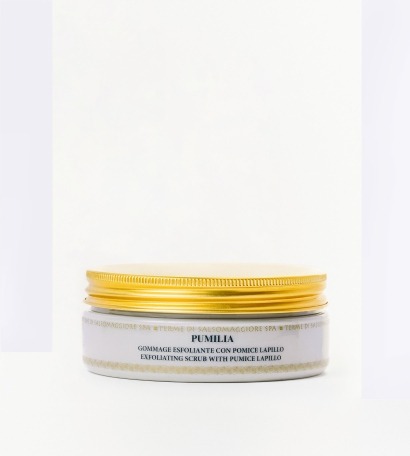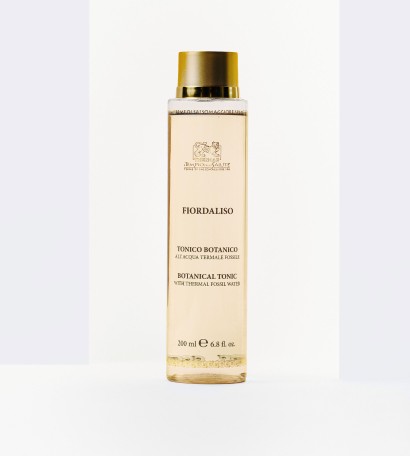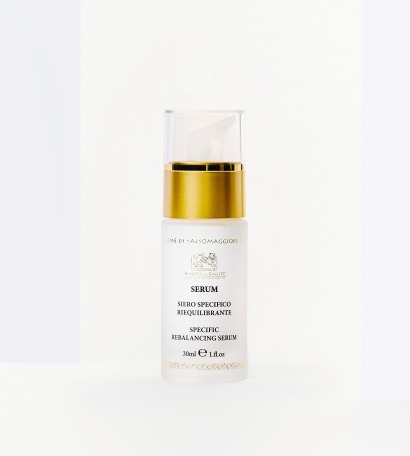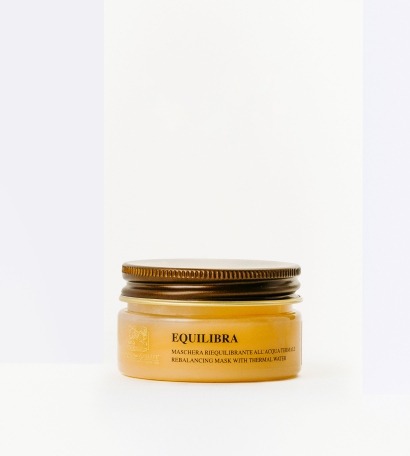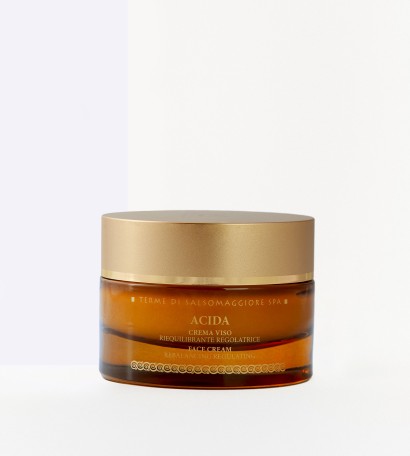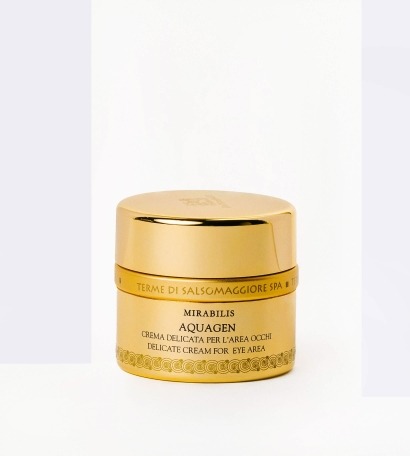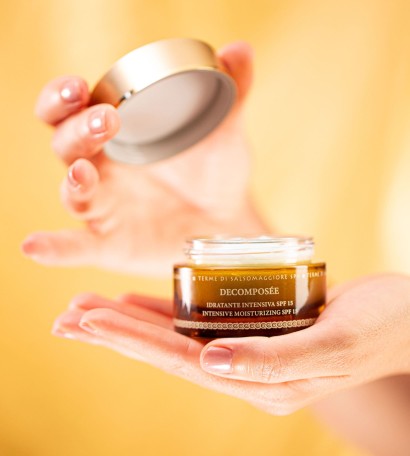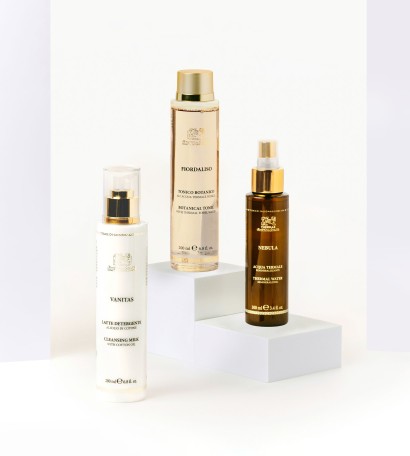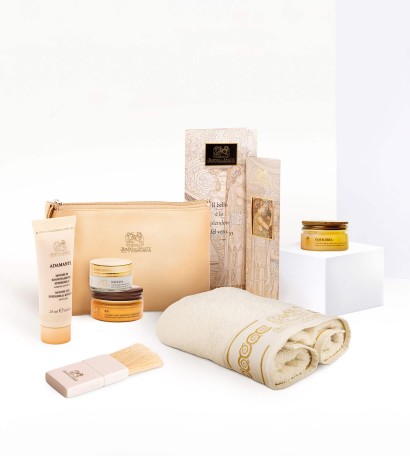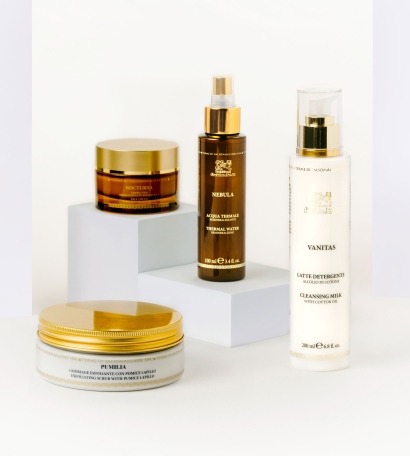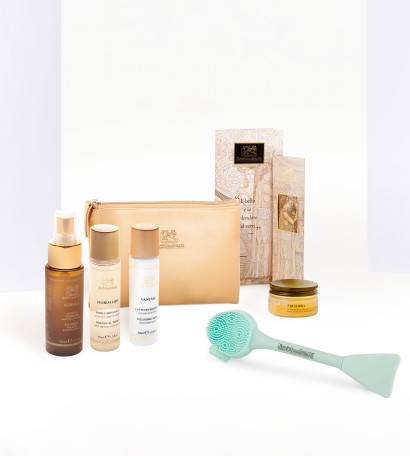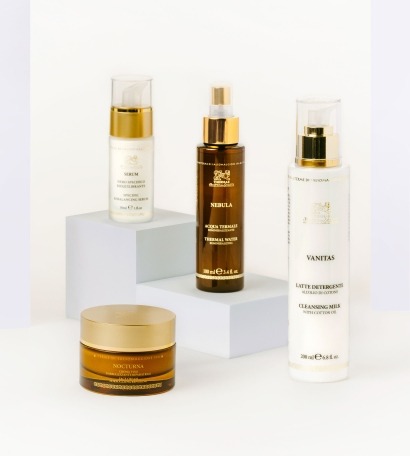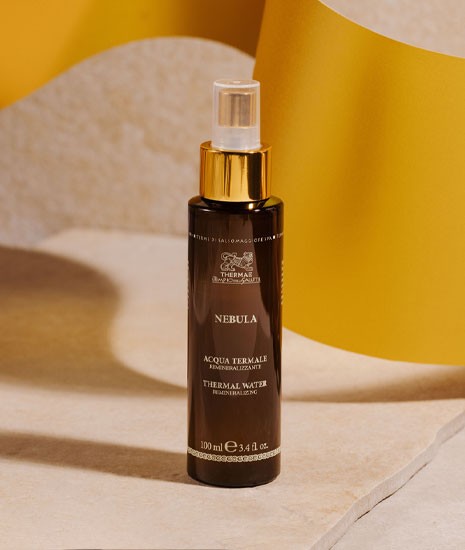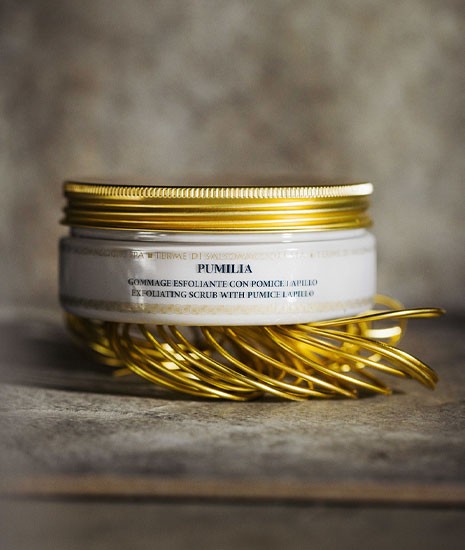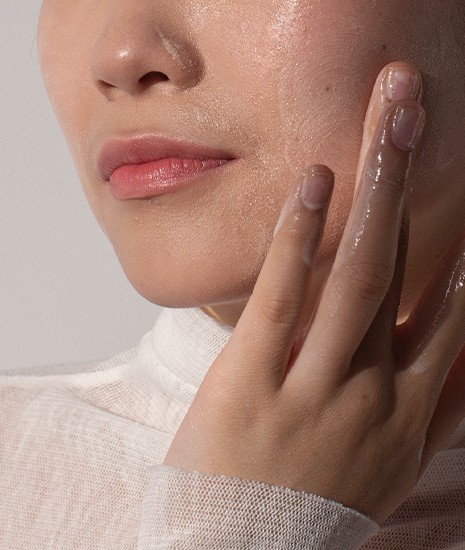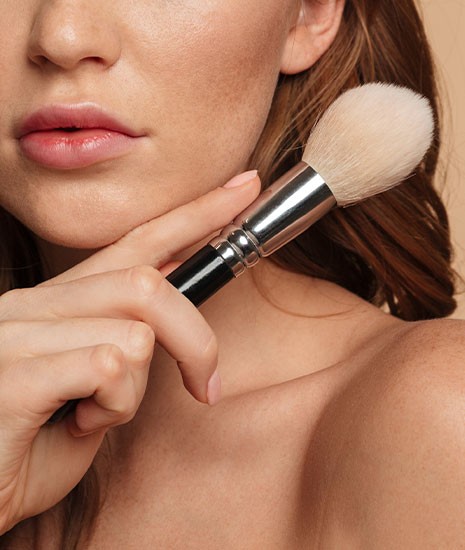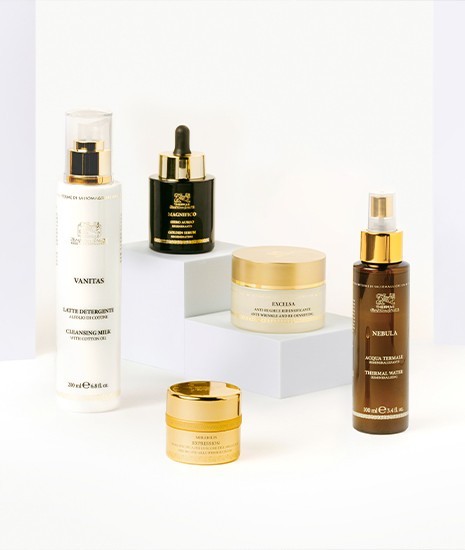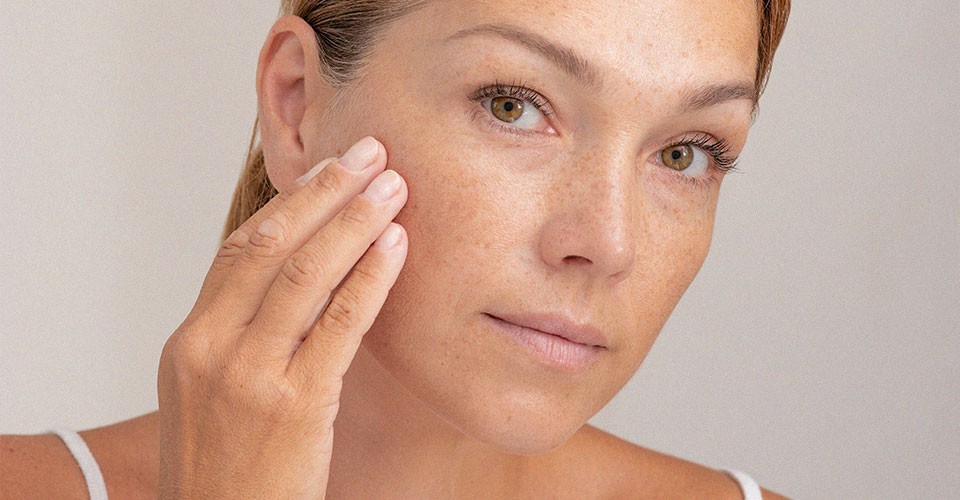
The essence of balance: the art of Skincare for Combination Skin
Combination skin is like a mosaic of different skin needs, all present on the same face. The complexity of this skin type requires a deep understanding of its characteristics in order to create a precise and targeted skincare routine for combination skin that can rebalance the skin tissue and ensure a healthy and radiant appearance.
Why do some people have Combination skin?
Combination skin is a type of skin characterized by the mixed of two or more different types of skin on the face: in some areas, there may be dry or normal zones, while other areas are oily and shiny, with the presence of pimples and blackheads.
Typically, the T-zone (forehead, nose and chin) is more oily due to increased sebum production, while the cheeks may appear normal or dry. This type of skin, therefore, requires special attention because it needs differentiated treatments depending on the area of the face. For example, it might be necessary to use lightweight moisturizers on the oily zones and richer creams on the dry areas.
Understanding if you have this type of skin is not simple, in fact, mixed skin is often confused with oily skin, leading to the use of incorrect skincare, with overly aggressive products that can worsen the situation.
For this reason, it is important to be sure of the appearance of combination skin, in order to treat it correctly.
Although the distinctive characteristics of this skin type can vary from person to person, some common trends emerge. For example:
- Oily T-Zone: which includes the forehead, nose and chin. This area is characterized by excessive sebum production, which causes a shiny or oily appearance and can lead to the formation of pimples, blackheads and enlarged pores due to the accumulation of impurities.
- Dry cheeks: unlike the T-zone, the cheeks of those with mixed skin tend to be dry. This means they may appear flaky, rough or even reddened, especially in extreme weather conditions or when exposed to overly aggressive skincare products.
- Variable sensitivity: another feature of mixed skin is the variability of reactivity. While some areas may withstand specific products or treatments well, others may react with redness, burning or irritation.
- Irregular texture: due to the different needs of the various facial areas, those with mixed skin may notice an irregular skin texture, with some areas smoother and others rougher or with small imperfections and still others shiny and oily.
Causes of combination Skin
The causes of combination skin can vary from person to person and include:
- Genetic factors: play a crucial role in determining skin type.
- Hormonal fluctuations: stages such as puberty, pregnancy or hormonal changes can influence sebum production.
- Environmental factors: climate, pollution or excessive use of inappropriate products can disrupt skin balance.
- Unbalanced diet: excessive consumption of fatty or sugary foods can promote sebum production.
How to recognize combination skin?
Recognizing combination skin can be complicated, as it is often confused with oily skin. So, how can one be sure of having combination skin in order to treat it with the right products?
There are some methods to adopt. First of all, observe your face upon waking and before applying any product or makeup: if the T-zone appears shiny and maintains such shininess until the evening, while other areas of the face are dry or tight, it is likely that you have combination skin.
Another experiment involves thoroughly cleaning the face with a gentle cleanser, avoiding the application of makeup or other products throughout the day and checking in the evening if the symptoms listed in the previous method are present.
The fundamental steps of perfect skincare for combination skin
A beauty routine for combination skin requires careful study of one's own skin needs and a strategic choice of specific products for each area of the face to be treated.
Indeed, if your skin tends to have acne outbreaks or appears oily, it's advisable to use products that dry up excess sebum and soothe any inflammations. On the other hand, if dryness is the main issue, humectant products with ingredients like hyaluronic acid, ceramides, aloe vera and vitamins will be your allies in maintaining the balance of the skin microbiome.
However, it's possible to create a skincare routine for combination skin by taking into account the following steps (adapting them, if necessary, to the specific needs of the skin):
- Makeup removal: first and foremost, remove makeup using micellar water, particularly indicated for mixed skin thanks to its light and non-oily formula that allows the skin to breathe. Alternatively, our Bifase makeup remover offers a gentle formulation that also suits the most sensitive skins.
- Cleansing: use gentle cleansers, in gel or foam form. These products are ideal for cleaning the entire face, ensuring the removal of impurities without excessively attacking or flaking the skin. Avoid those for oily skin, which in the long run dry out the face and, if possible, opt for natural ones, free of surfactants and with neutral pH.
- Exfoliation: twice a week, gentle acid-based exfoliants, such as salicylic or glycolic, or alternatively mandelic acid like our Adamante, are perfect for the T-zone, where excess sebum is often a problem. However, on the whole face it is good to use them in moderation, especially avoiding particularly dry areas. A good alternative is the Pumilia scrub, which has a gentle exfoliating action.
- Toner application: after cleansing, the toner helps to rebalance the skin's pH and remove the last impurities that can clog the skin's pores and make it impure and with the presence of pimples and blackheads. If your cleanser is astringent, opt for a more moisturizing toner, alternatively our Fiordaliso tonic is suitable for all skin types thanks to its gentle formulation that helps soothe and decongest the face, particularly the eye area.
- Serum application: opt for a balancing serum, formulated with ingredients like hyaluronic acid. These serums are great for the entire face, but it's advisable to concentrate a bit more product in the drier areas to ensure optimal hydration. Our Serum, for example, used 3 or 4 months a year, every day morning and evening or only in the evening, offers a perfect balancing function.
- Face masks: masks made with clay (white or pink) or charcoal are ideal for the T-zone because they help absorb excess sebum. On the other hand, moisturizing or soothing masks, such as our Ra mask, are perfect for the cheeks and other dry areas of the face. Even better is our Equilibria balancing mask, formulated to best treat combination skin to decongest the T-zone, minimizing imperfections, rebalancing the tissue and hydrating it.
- Hydration: t this stage, the T-zone will benefit from light creams or gel textures, while for the cheeks and other drier areas, it's ideal to opt for richer and more nourishing creams. Focus on the presence of ingredients such as vitamin E (sebum rebalancing), vitamin C (antioxidant and anti-inflammatory) and hyaluronic acid (moisturizing).
- Eye contour: moisturizing creams and serums specific for this area are formulated to provide the necessary hydration without weighing down or causing milia (small white dots caused by excessive hydration). However, given the sensitivity of the area, it might be useful to choose products with soothing ingredients such as chamomile, aloe vera (an ingredient found in our gentle Acquagen cream) or caffeine that helps reduce puffiness and redness.
- Sun protection: in a skincare routine for mixed skin, the importance of good protection from UV rays should not be underestimated. This product should be applied all over the face, ensuring uniform protection in both oily and dry areas.
With careful selection and application of products, you can restore the balance of your skin, which will return to shine in all its natural beauty. Before introducing a new product into the skincare routine for combination skin, test it on a small area to prevent any reactions. Moreover, it's important to always support the routine with a balanced diet.
Find your balance with a beauty routine for combination skin
Combination skin requires specific attention and care to balance the different needs of the areas of the face. With an adequate and specific skincare routine for combination skin, which presupposes the choice of targeted products, it is possible to keep the skin healthy, luminous, helping it to regain its natural balance.


